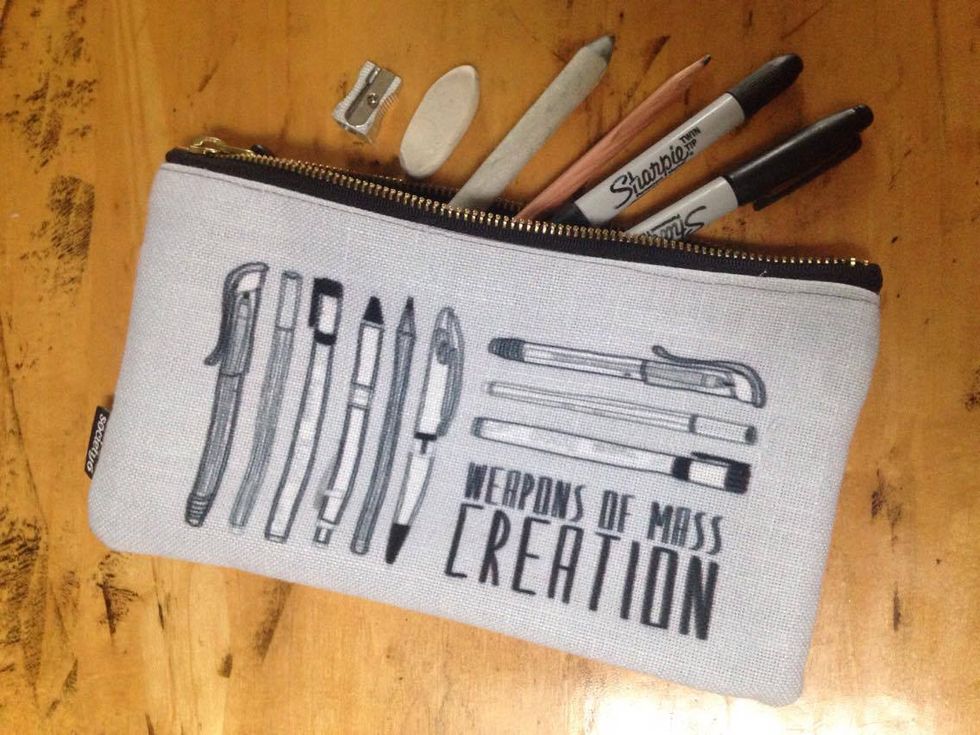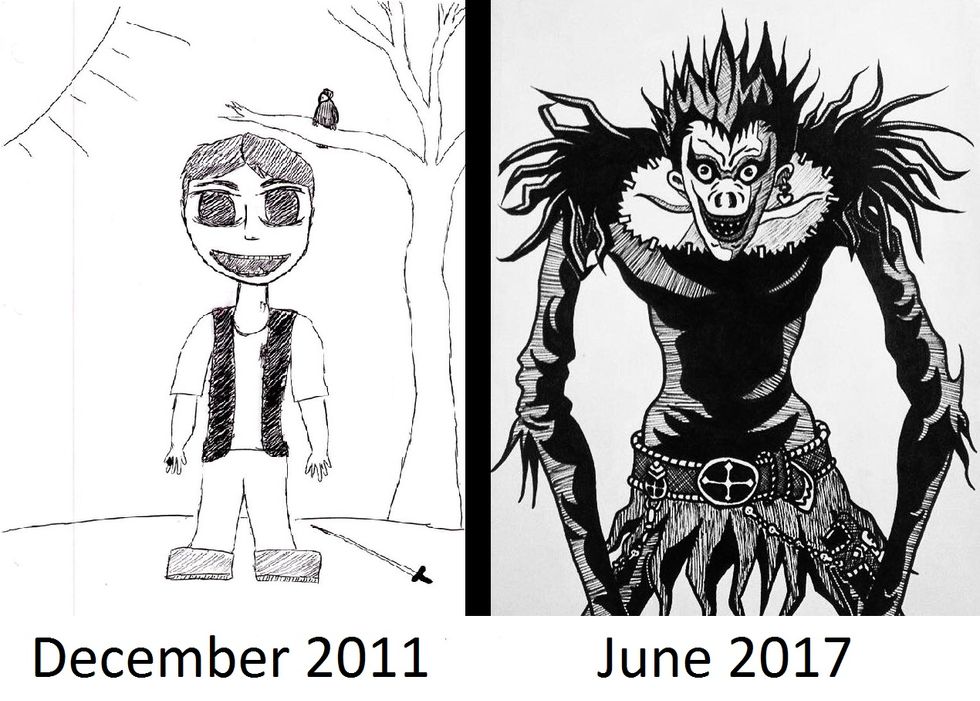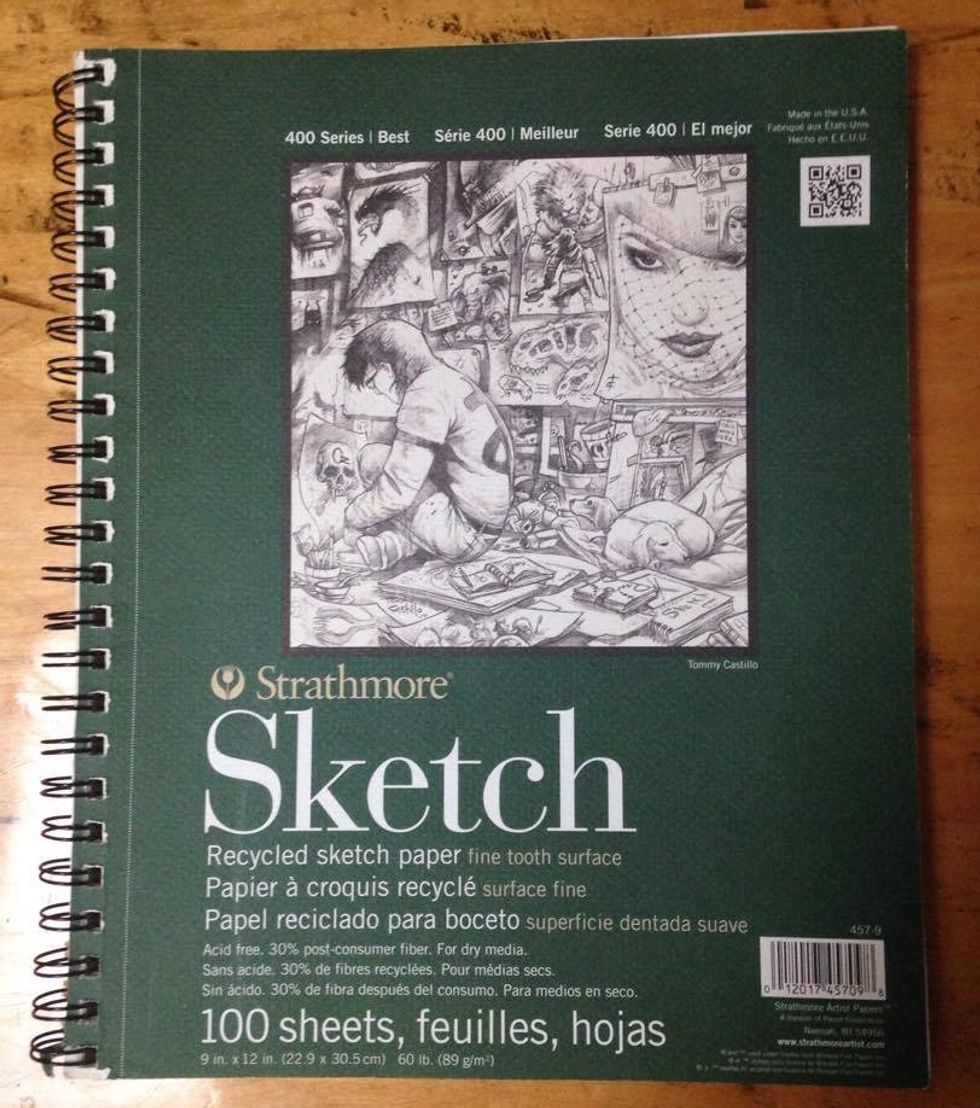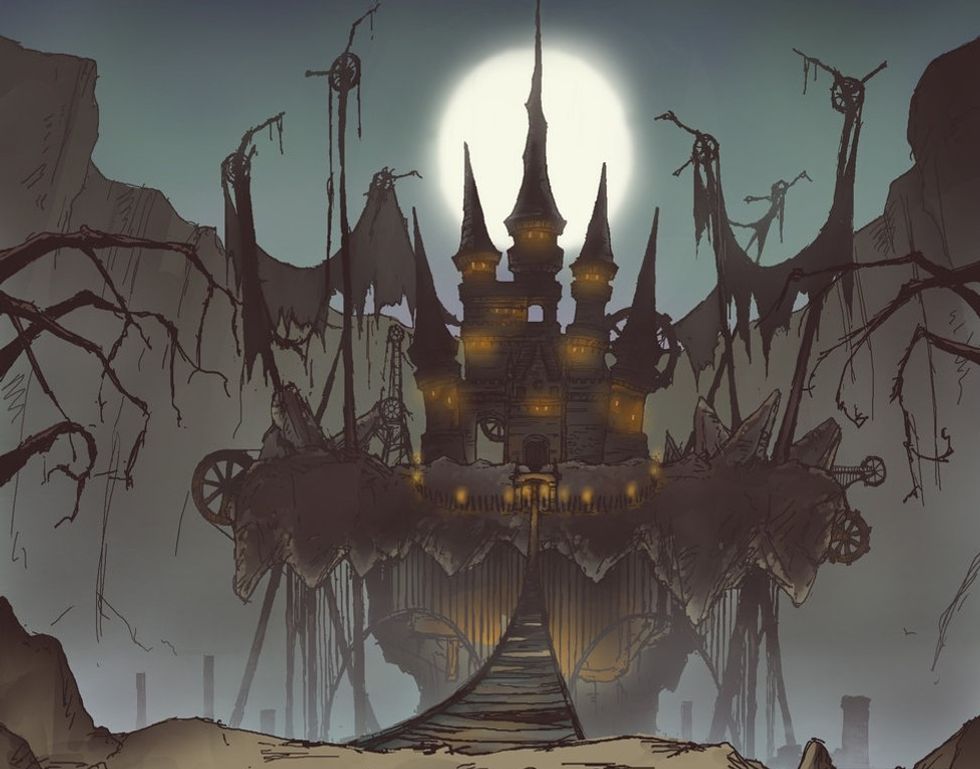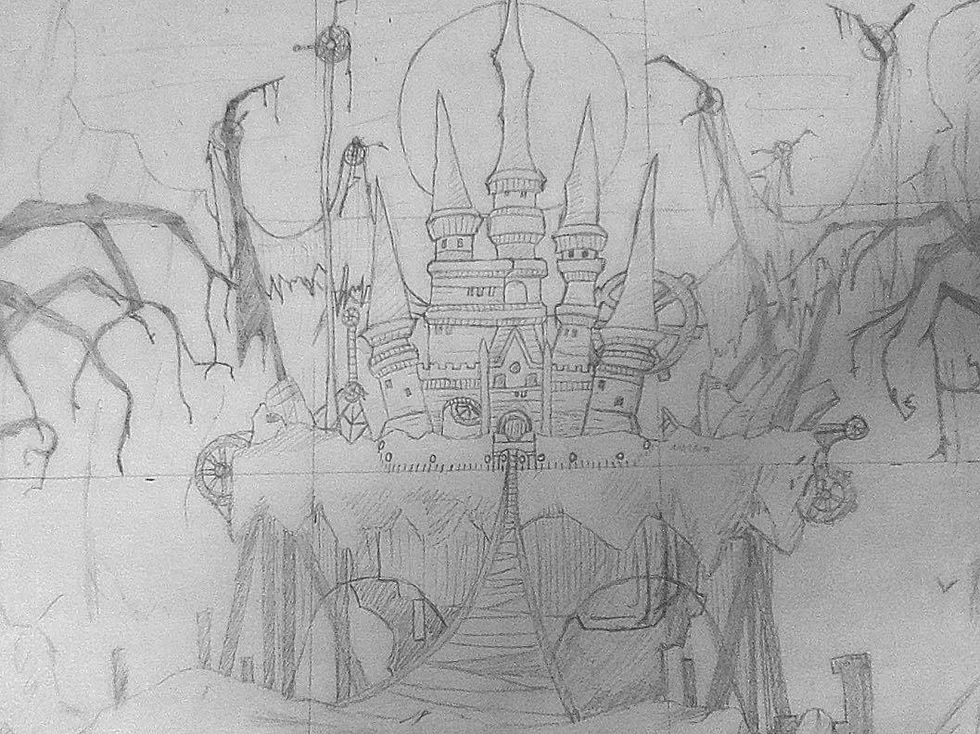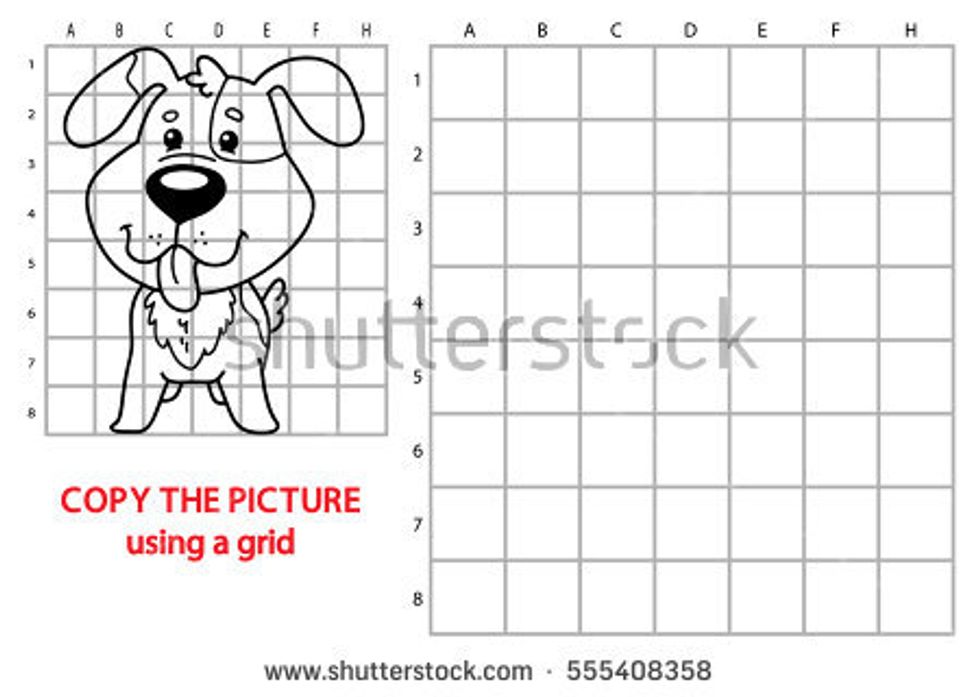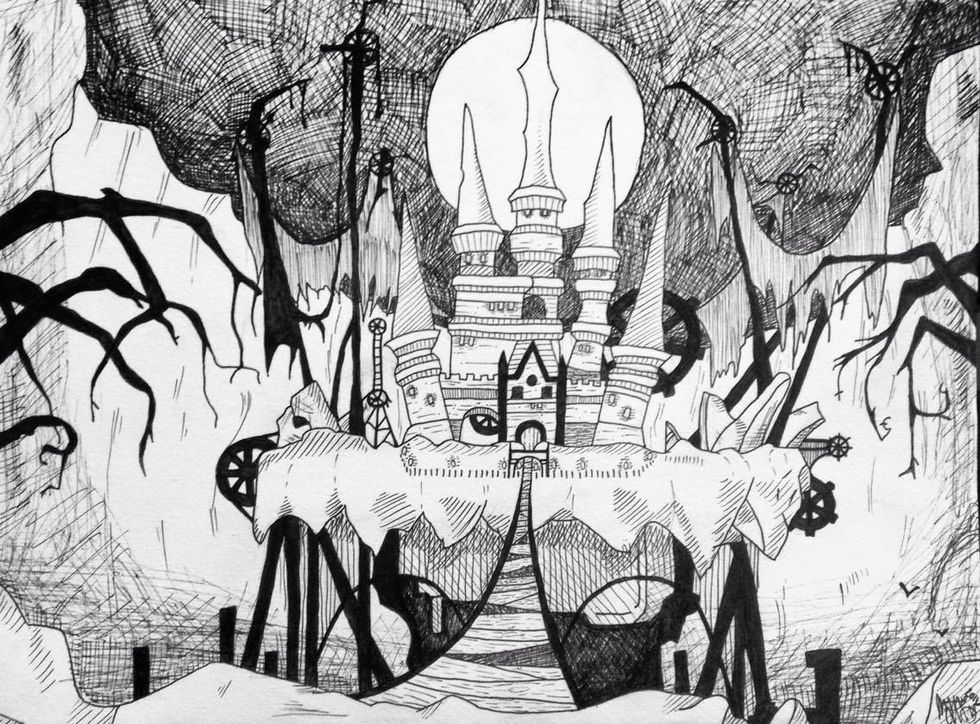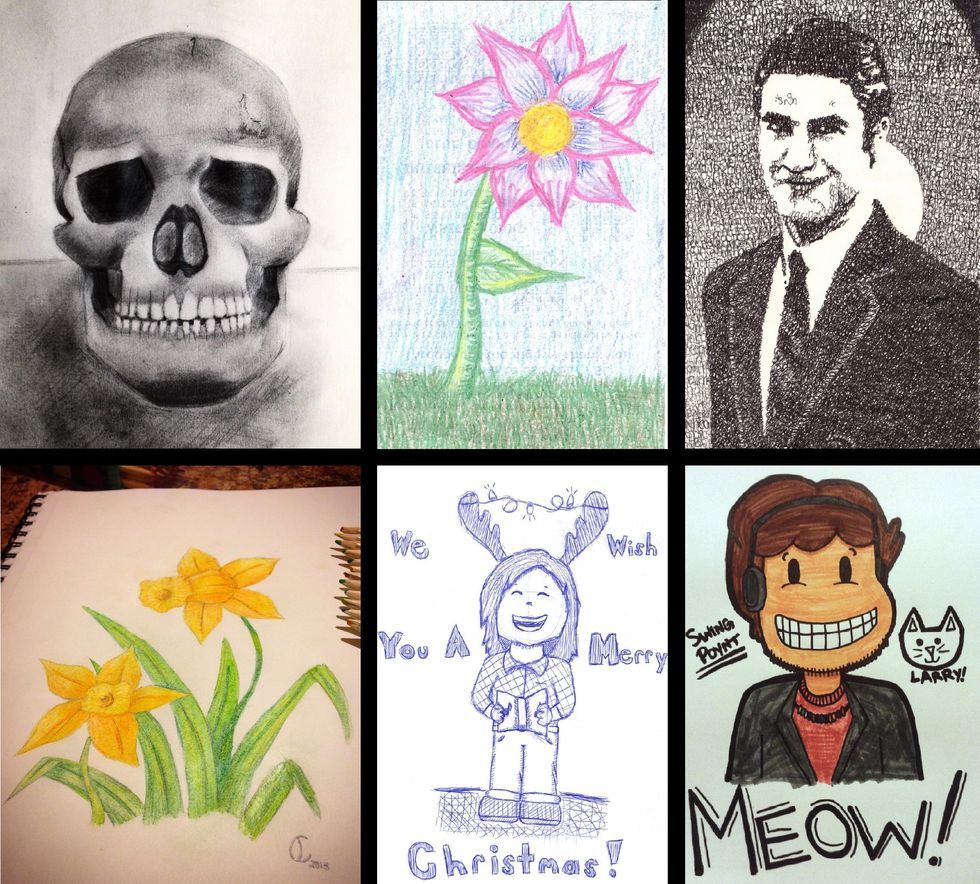I’m sure everyone knows at least one person who proclaims up and down that they cannot draw. And if you don’t know that person, you may be that person. Well, I’m going to stop you right there. I’m of the mindset that everyone - yes, even you - can do art.
"But, I’m no good at it!" You proclaim to the high heavens.
Shhhhh… No one is when they first start out.
Want to know how to get from point A to point B? It’s simple! PRACTICE!
Now, I know what you’re thinking. "I don’t even know where to start!"
Well, that’s where I come in. Here are some basic tips I can give to anyone - seasoned art veteran or novice - to make sure your piece comes out looking the best it can.
Use a Sketchbook
Now, I’m a firm believer that art can be done using any medium you’d like. But I think that the basic thing that ANY traditional artist should have is a book of sketch paper. It doesn’t have to be expensive quality, in fact, most sketchbooks are quite cheap. But there actually is a huge difference between sketchbook paper and loose leaf. I’m not going to get into “tooth” and all that jazz, but just trust me on this. It will make your artwork look so much better just because of the quality.
Use a Reference
You think you know what that thing looks like? Ha ha! Guess again! I can guarantee you that using a reference is the only way to improve. It doesn’t make you a weak artist to need this - even greats use them! The way to get an accurate result is to look at the thing you’re drawing. It’s only after much hard work and practice that references aren’t needed, and even then, I’d still recommend them.
Pencil Before Permanent
You know the old saying, “measure twice, cut once?” Yeah, that applies to this too. Using a rough pencil sketch before diving into the piece does wonders. It will make sure things stay proportionate and you can ensure that your drawing will look the way you want it to in the final product. You can change things around as much as you want beforehand so you know you’ll be happy. Once that marker/paint/etc hits the page, there’s no going back.
Gridding Does Wonders
Working on a large or intricate piece? Divide that sucker into a grid! You can focus section by section and it won’t seem too daunting. Plus, it’ll help you keep your proportions accurate. It’s like those coloring book pages from when you were a kid! Just follow the lines!
Take Your Time
I know this is an issue I have. Everyone wants to get to the final product and enjoy their masterpiece, but you need to make sure you don’t rush things. The more you rush a project, the more likely it is that you will make a mistake. Take your time and enjoy the process. The product will be much sweeter when it’s done!
Experiment
Don’t be afraid to change things up! Test out different styles, subjects, and mediums. Not every style works for every artist. Some mediums you’ll end up hating. (Curse you, oil pastels!) You’ll never know how good you’ll be at something until you try, and you may end up finding a new favorite method along the way! Personally, it took a while to find that my favorite style is using a sharpie and crosshatching. The possibilities are endless when you open yourself up!
Do you have any other drawing tips for beginners? If so, comment them below!

